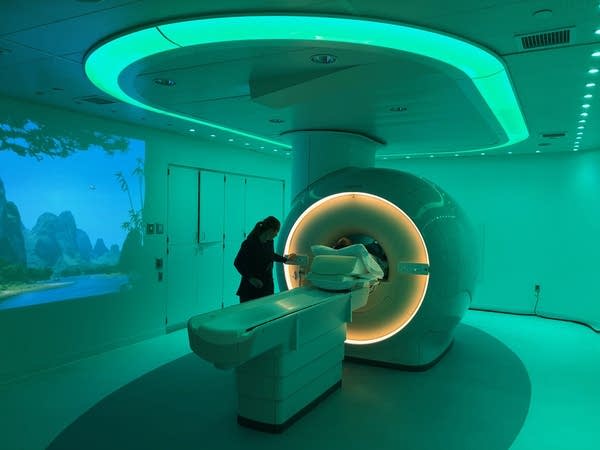Hennepin Healthcare offers 'Compressed Sense' MRI system. Our reporter gave it a try

A technician gets MPR News reporter Brandt Williams set up for an MRI on his knee in a new MRI scanner at Hennepin Healthcare in Minneapolis on May 17, 2018.
Courtesy Hennepin Healthcare
Go Deeper.
Create an account or log in to save stories.
Like this?
Thanks for liking this story! We have added it to a list of your favorite stories.


